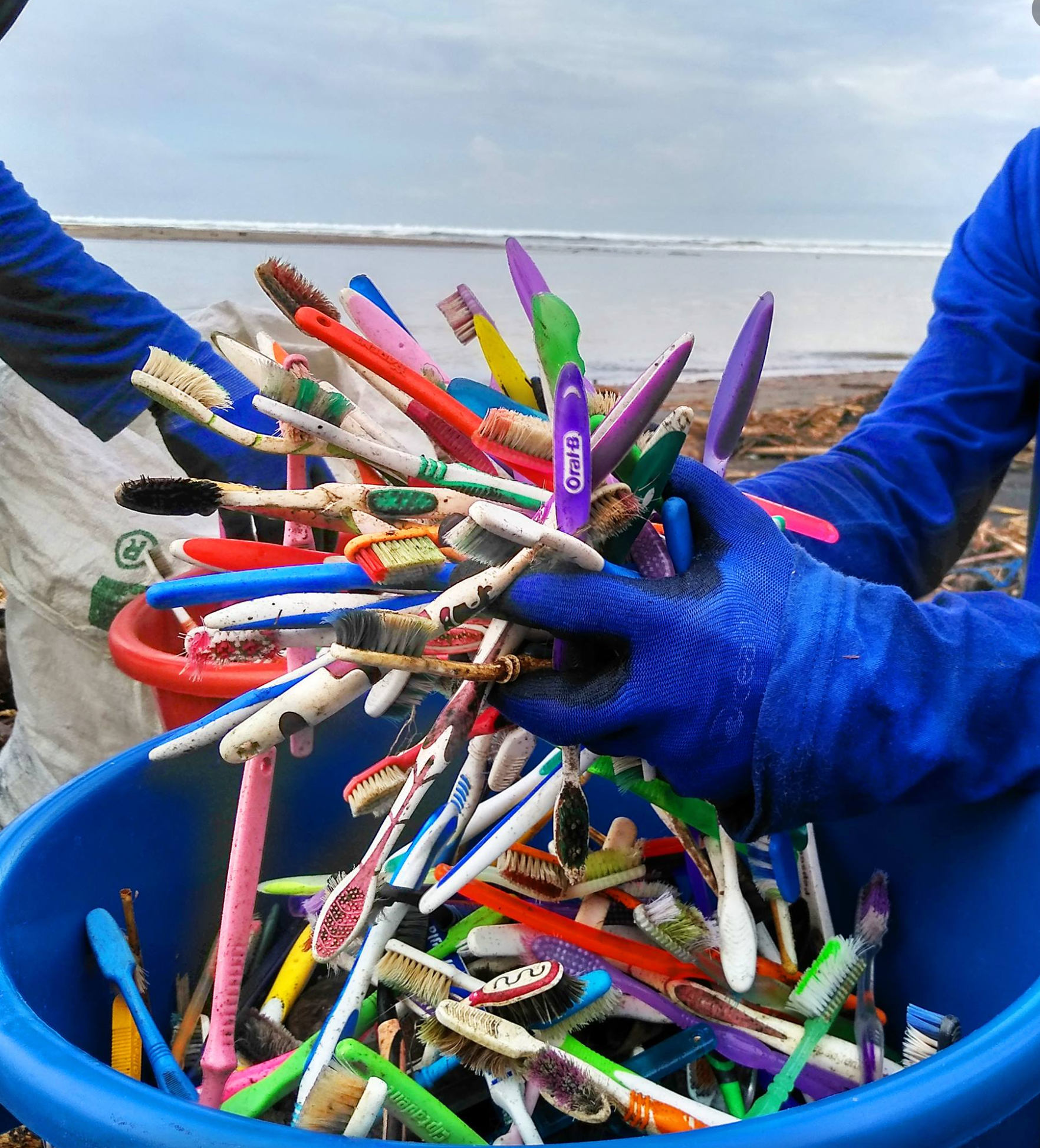When we think of pollution, we often jump to big offenders like cars, airplanes, and factories. But what about the smaller, everyday items we use without a second thought—like plastic toothbrushes? It might be surprising to learn that these seemingly insignificant tools are terrible for the planet.
The Stark Reality of Plastic Toothbrush Waste
It’s hard to wrap our minds around the sheer scale of plastic toothbrush waste because there’s no comprehensive global data on the exact number discarded each year. However, estimates paint a grim picture. According to National Geographic, the United States disposes of over 1 billion disposable toothbrushes annually. Globally, the numbers are even more staggering. Worldwide, it is estimated that over 23 billion plastic toothbrushes are discarded yearly, according to a Zero Waste Week campaign report. As our population grows and disposable plastics become more prevalent, this number is only expected to rise.
The Hidden Cost of Convenience
While a plastic toothbrush may weigh just 20 grams on average, when you multiply that by 23 billion, the numbers become almost unimaginable. That’s approximately 507 million pounds of plastic waste each year from toothbrushes alone.
This plastic doesn’t just disappear. It lingers in our environment, often ending up in landfills where it takes hundreds of years to break down, or worse, in our oceans where it contributes to the growing problem of marine pollution. The convenience of disposable plastic toothbrushes comes at a high cost to our planet.
A More Sustainable Alternative: Nada Toothbrush
Given these staggering statistics, it’s clear that we need to rethink our oral care habits, starting with our toothbrushes. While bamboo toothbrushes have gained popularity as a more sustainable alternative, recent research suggests they are not the best option after all.
Researchers at Trinity College Dublin set out to examine the sustainability of different models of the most commonly used oral health product—the toothbrush—to determine which is truly the best for the planet and human health. The results were surprising:
“The team found that the most environmentally sustainable toothbrush was not bamboo, as could perhaps be popularly believed, but a hypothetical continually recycled plastic toothbrush.”
This “hypothetical” toothbrush already exists, and it’s called Nada. But we didn’t stop there. At Nada, we took sustainability a step further by designing our toothbrush with an aluminum handle, which is kept for life. By using aluminum, we drastically reduce the amount of plastic that needs to be produced, shipped, and recycled. The result is a toothbrush that’s not only beautiful and hygienic but also the most sustainable on the planet.
Why It’s Time for a Change
The environmental impact of plastic toothbrushes is too significant to ignore. Each time we discard a plastic toothbrush, we contribute to a growing problem that will affect our planet for generations to come. But it doesn’t have to be this way.
Switching to a more sustainable option like Nada is a simple yet powerful way to make a difference. By choosing a toothbrush that’s designed to last a lifetime, you’re not just caring for your teeth—you’re also caring for the planet. Every time you brush, you can do so with the confidence that you’re making a positive impact.
In a world where we’re becoming increasingly aware of the need to reduce our plastic footprint, the disposable toothbrush is a great place to start. While it may seem small, the collective impact of billions of discarded toothbrushes is anything but. By making the switch to a sustainable alternative like Nada, you can be part of the solution rather than contributing to the problem.
The time for change is now. Let’s rethink our choices and embrace a more sustainable future, one brush at a time.




